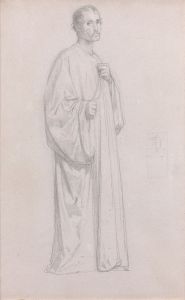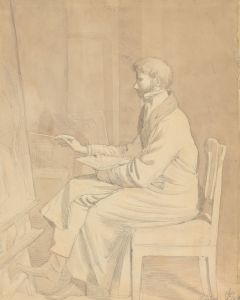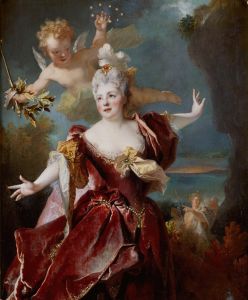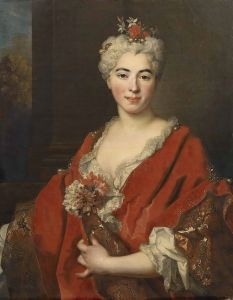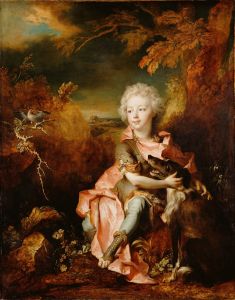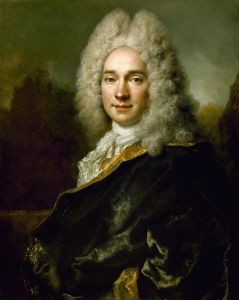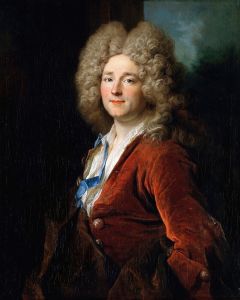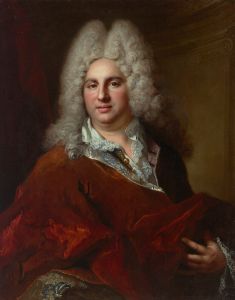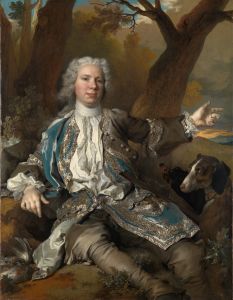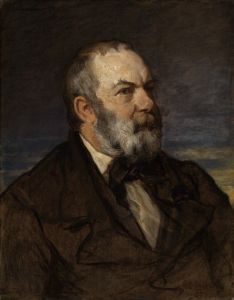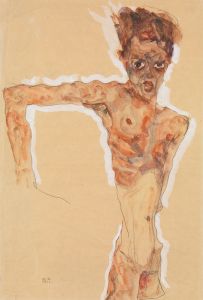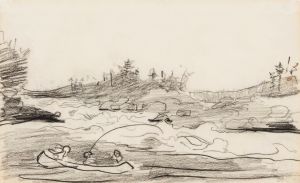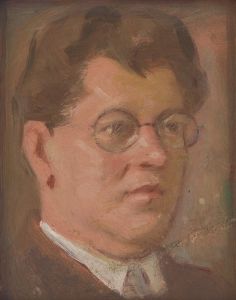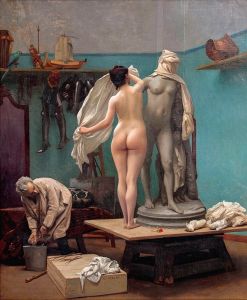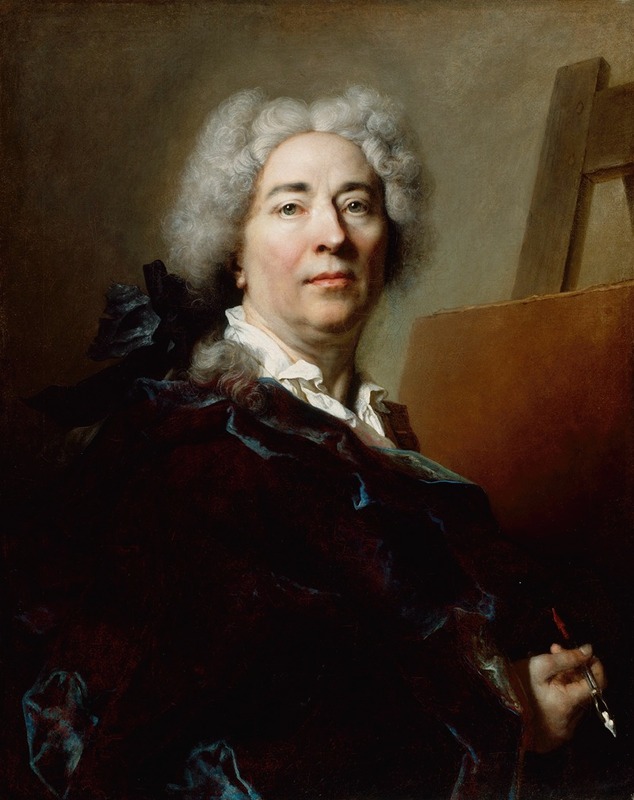
Self-Portrait
A hand-painted replica of Nicolas de Largillière’s masterpiece Self-Portrait, meticulously crafted by professional artists to capture the true essence of the original. Each piece is created with museum-quality canvas and rare mineral pigments, carefully painted by experienced artists with delicate brushstrokes and rich, layered colors to perfectly recreate the texture of the original artwork. Unlike machine-printed reproductions, this hand-painted version brings the painting to life, infused with the artist’s emotions and skill in every stroke. Whether for personal collection or home decoration, it instantly elevates the artistic atmosphere of any space.
Nicolas de Largillière's "Self-Portrait" is a notable work by the French Baroque painter, who was renowned for his portraits of the aristocracy and bourgeoisie during the late 17th and early 18th centuries. Largillière was born in Paris in 1656 and spent part of his early career in Antwerp and London before returning to France, where he became a prominent figure in the art world. His self-portrait is a testament to his skill and the esteem in which he held his own artistic abilities.
The "Self-Portrait" by Largillière is believed to have been painted around 1707, a period when the artist was at the height of his career. This painting is an excellent example of his mastery in capturing the textures and details of clothing and the subtle expressions of his subjects. In this work, Largillière presents himself with a confident and dignified demeanor, reflecting both his status as a successful artist and his personal character.
Largillière's style is characterized by its rich color palette, attention to detail, and the ability to convey the personality and status of his sitters. In his self-portrait, these elements are evident in the luxurious fabrics of his attire and the meticulous rendering of his facial features. The artist's gaze is direct, engaging the viewer and creating a sense of immediacy and presence.
The composition of the self-portrait is carefully balanced, with Largillière's figure positioned slightly off-center, allowing for a dynamic interaction between the subject and the surrounding space. The background is typically understated, ensuring that the focus remains on the artist himself. This approach is consistent with the Baroque tradition of emphasizing the individual while also showcasing the artist's technical prowess.
Largillière's self-portrait not only serves as a personal statement but also as a reflection of the broader cultural and artistic trends of his time. During the late 17th and early 18th centuries, portraiture was a dominant genre in European art, with artists like Largillière playing a crucial role in documenting the appearance and status of the era's influential figures. His work is often compared to that of his contemporary, Hyacinthe Rigaud, another leading portraitist of the French Baroque period.
The self-portrait is housed in the Louvre Museum in Paris, where it is part of a significant collection of works by Largillière. The painting is appreciated not only for its artistic merit but also for its historical significance, offering insights into the self-perception and identity of one of France's foremost portrait painters.
In summary, Nicolas de Largillière's "Self-Portrait" is a distinguished example of Baroque portraiture, showcasing the artist's technical skill and his ability to convey character and status. It remains an important work for understanding both Largillière's personal legacy and the broader context of portrait painting in his time.





